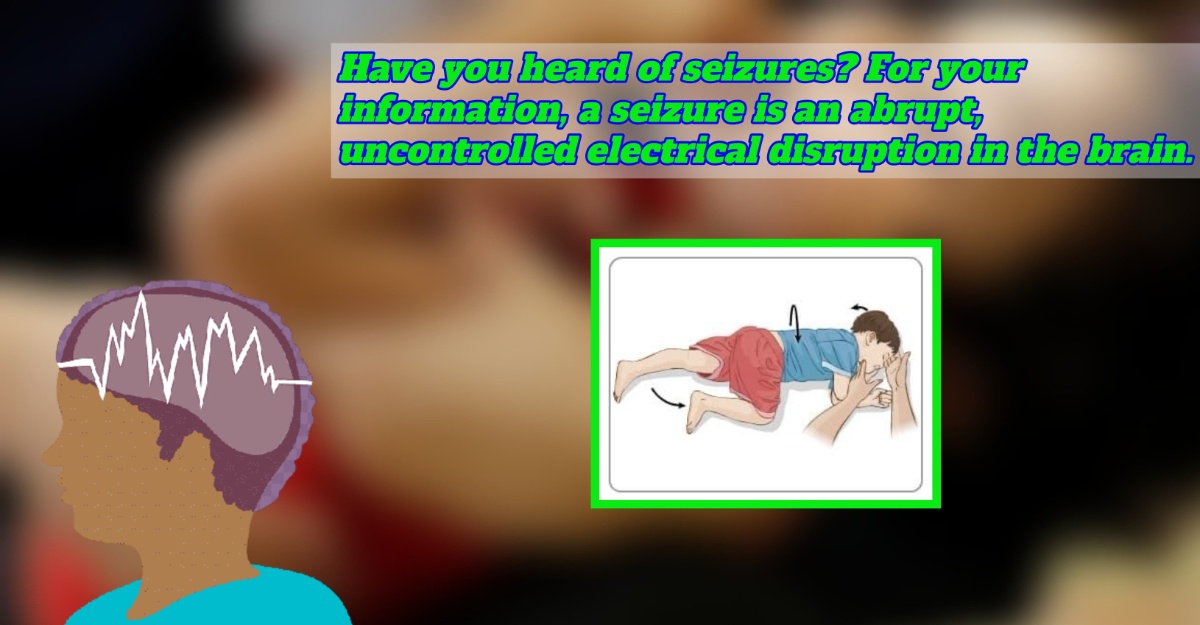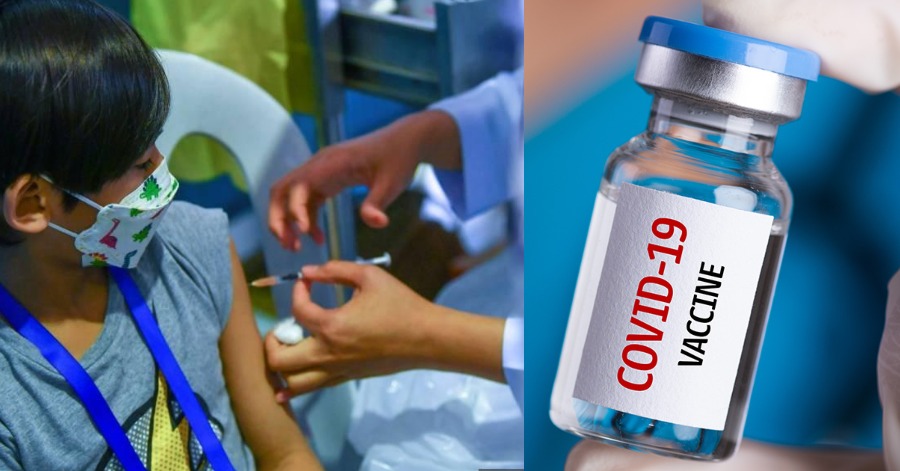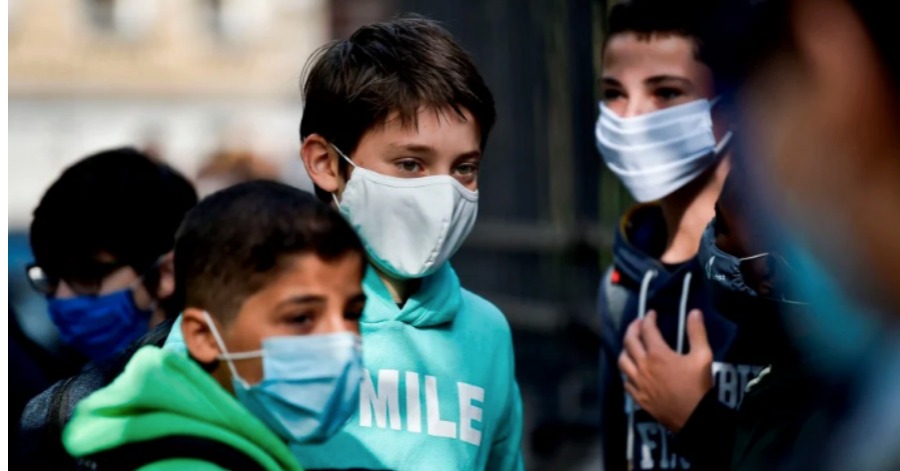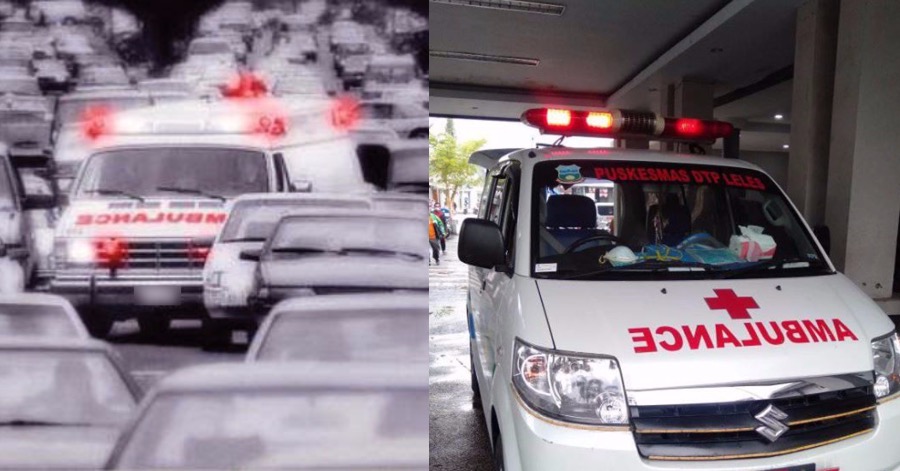Have you heard of seizures? For your information, a seizure is an abrupt, uncontrolled electrical disruption in the brain. It can alter your behavior, movements, emotions as well as your degrees of consciousness.
There are numerous forms of seizures, and symptoms and intensity vary. Different seizure types are distinguished by where in the brain they originate and how far they spread.
Typically, seizures last between 30 seconds to 2 minutes. However, if longer than 5 minutes, the seizure becomes a medical emergency.
Symptoms of seizure
Signs and symptoms of a seizure can range from minor to severe, depending on the type of seizure. Signs and symptoms of a seizure may include:
- A staring spell
- Temporary confusion
- Arms and legs that jerk uncontrollably
- Loss of mind or consciousness
- Cognitive or emotional symptoms, such as fear, anxiety, or déjà vu
Why do children get seizures?
According to a tweet by Dr. Samhan, there are a variety of reasons why children get seizures. The reasons are:
1. For children, most seizures occur because their body temperature is too high (38 Celsius) and above or the body temperature rises suddenly (known as ‘febrile fit’).
2. The most common age to experience this symptom is between the ages of 6 months to 5 years.
3. To avoid or stop seizures, the body temperature needs to be controlled so that it’s not high. Medicines such as paracetamol can lower body temperature. However, if a baby has a seizure, the medicine (suppository paracetamol) is given through the anus.
4. For babies who frequently experience seizures, the doctor will usually provide seizure medication that can be given through the anus.
5. Studies show that taking vaccines such as Mumps-Measles-Rubella given on a scheduled basis can reduce the risk of experiencing ‘febrile fit’.
So, what to do if a baby has a seizure?
1. Don’t panic, keep the baby away from any dangerous things next to the baby, such as scissors, hot water, and so on.
2. Turn the baby’s body to the side position (recovery position). Hold the baby in this position for as long as the seizure continues. This prevents the baby from ‘choking’ (milk or vomit from the stomach entering the respiratory tract). Wipe the liquid that comes out of the mouth.
3. Don’t prevent the movement of the convulsed arms and legs. Hold their body gently to maintain the side position. Also, don’t shake their body.
4. Avoid putting spoons and other things inside their mouth. This can cause the baby to choke.
5. Make sure to pay attention to the seizure ‘pattern’ and the duration of the seizure.
6. Ask for help from people nearby. Loosen and open the shirt until only the pampers remain.
7. Take a towel and warm water. Wipe the warm water all over the body and let the warm water dry on its own. (remember to use warm water and not cold water as warm water expands the blood vessels in the skin for more heat to go out to the skin). This will cause heat from the body to come out effectively and reduce fever. Open the fan as this helps the water evaporate into the air faster.
8. Once the seizure stops, take the baby to the Emergency Department immediately. If the seizure continues, call 999 for ambulance help.
In addition to that, you can read the full thread of tweets below:
“Hello bro, nak buat macam mana ni?”
Sejurus aku angkat panggilan dari kawanku,terus ditanya sebegini. Kedengaran suaranya cemas.
“Relax bro, nak buat apa ni? Aku tak paham”
“Anak aku sawan ini. Mata terbeliak keatas, tangan kaki semua tertarik kejang. Aku masukkan sudu dalam pic.twitter.com/RbZbsHSvlN
— Dr Samhan (@DoktorSamhan) September 27, 2022
Sources: Mayo Clinic, Dr. Samhan








